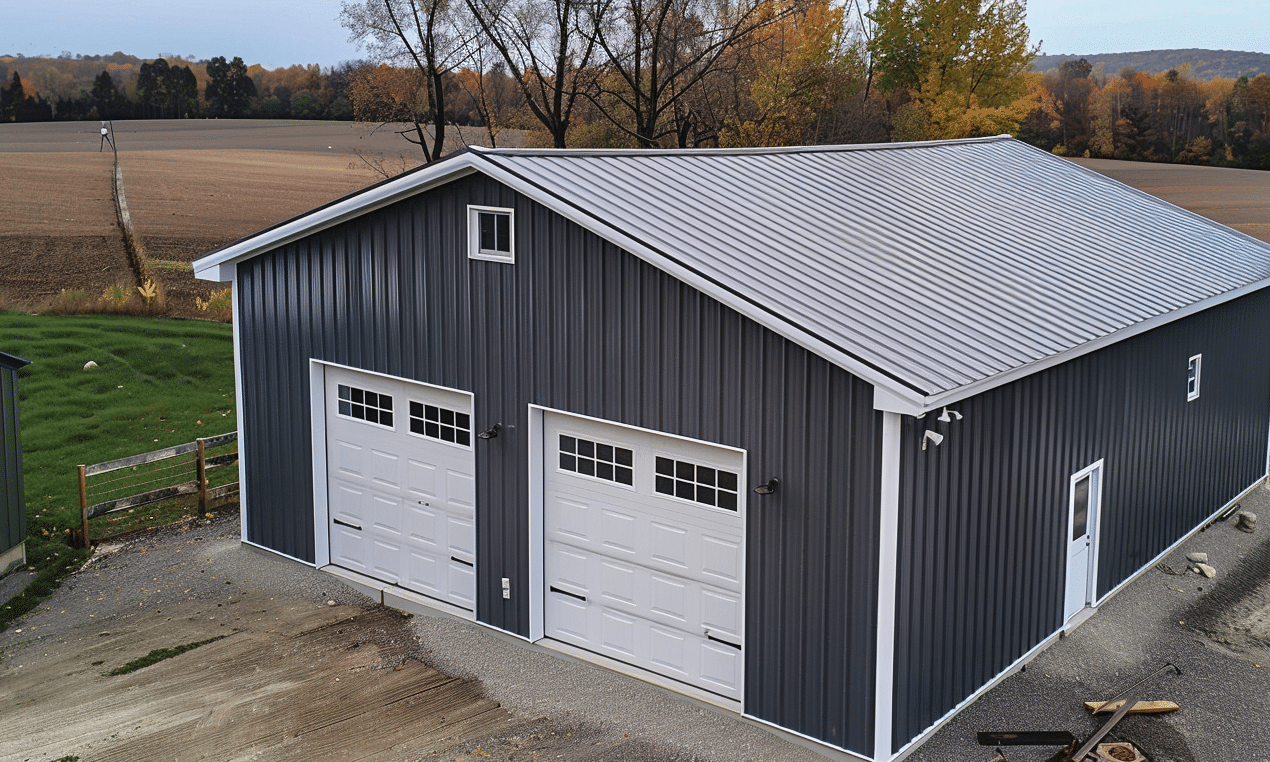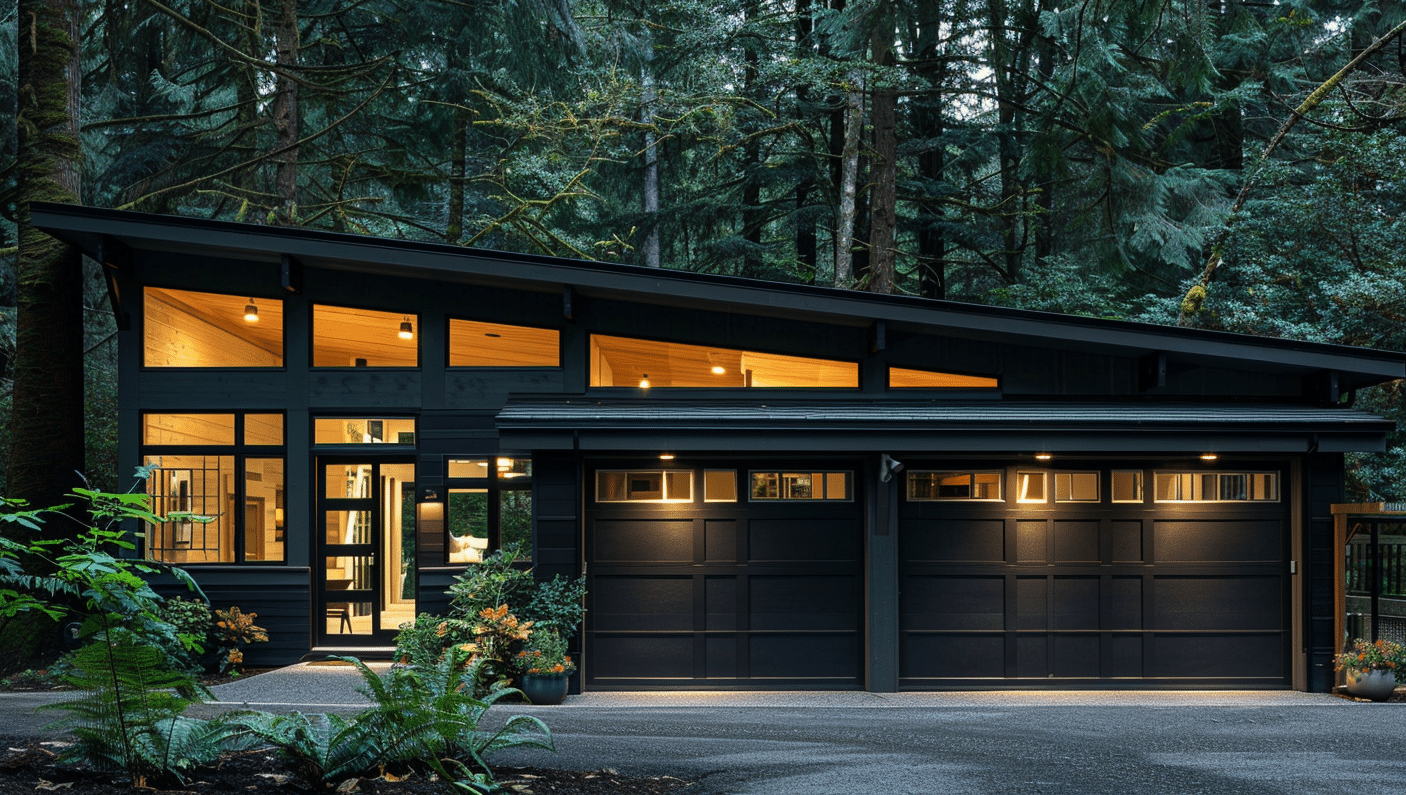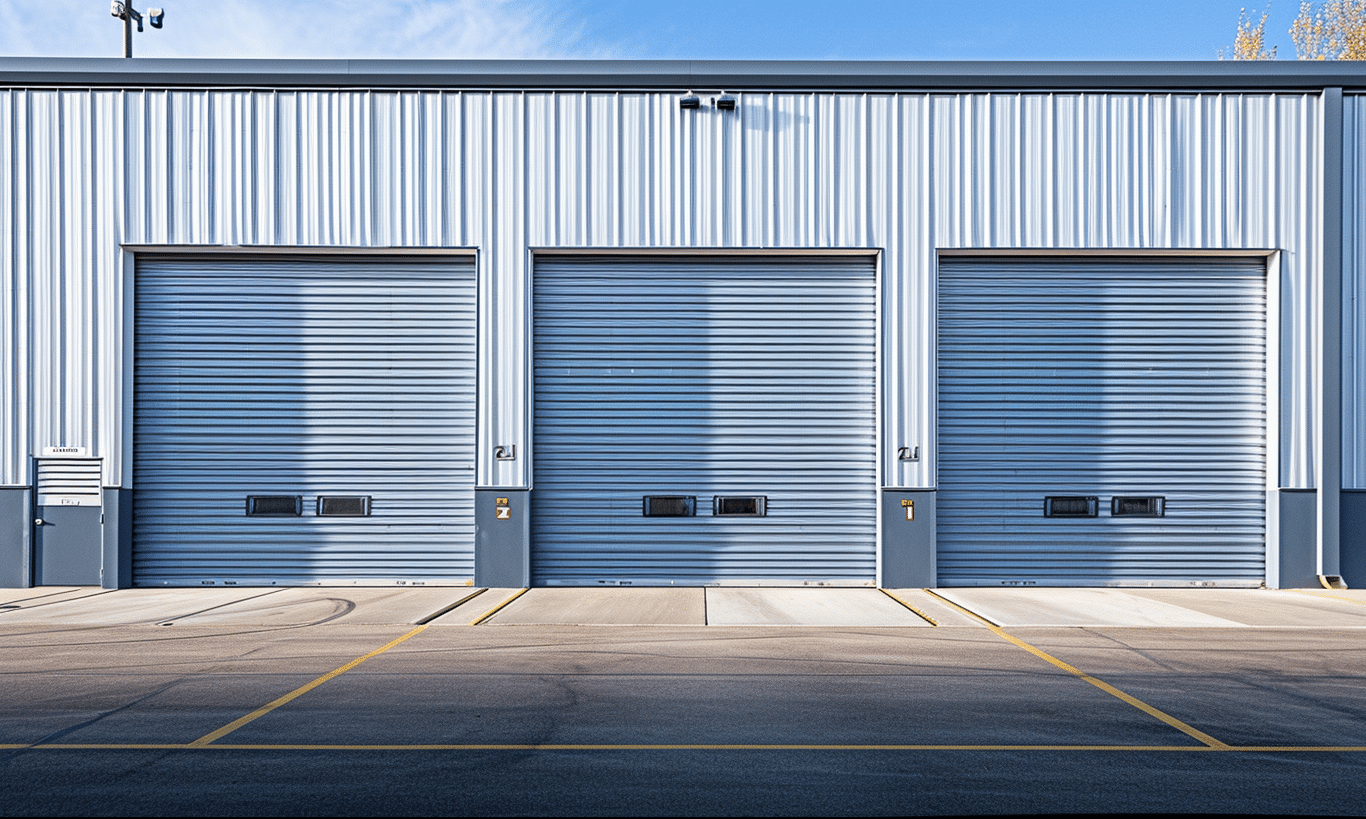Embracing a Green Future: The Role of Green Building Insulation
In today’s world of rapid urbanization and growing environmental concerns, green building insulation is not just a trend but a necessity. It’s the hero in the realm of sustainable construction, bridging the gap between comfort and energy efficiency. When you think of eco-friendly structures, do images of cutting-edge skyscrapers cloaked in nature immediately spring to mind? Or maybe cozy homes that harmoniously blend into their surroundings? These visions are made possible, in part, by embracing innovative insulation solutions that are kinder to our planet. Intrigued about how green building insulation could revolutionize your space? Let’s delve into it further.
The Importance of Green Building Insulation
Just as a well-tailored suit offers both style and function, green building insulation offers protection from the elements while optimizing energy use. Proper insulation reduces our reliance on heating and cooling systems, cutting down on energy consumption and, in turn, decreasing carbon footprints. But what’s so special about green insulation materials? Here’s where tradition meets innovation.
Traditional insulation materials like fiberglass or foam are effective but often come with environmental costs. Green alternatives, however, aim to provide the same thermal performance with minimal environmental impact. From recycled denim to sheep’s wool, eco-friendly options are varied and often surprising. For those interested in deeper insights into these materials, check out this Green insulation materials guide.
Exploring Different Types of Green Insulation
Infused with creativity and environmental consciousness, green insulation comes in various forms:
– **Recycled Materials**: Products like cellulose insulation made from recycled paper are gaining popularity thanks to their sustainability and excellent thermal performance.
– **Natural Fibers**: Wool, cotton, and hemp are not just for fabrics. These materials offer natural insulation, are biodegradable, and often devoid of harmful chemicals.
– **Cork Insulation**: Not just for wine bottles, cork is an excellent insulator. It’s renewable, resistant to mold, and offers superb acoustic properties.
Understanding the nuances of such alternatives helps in choosing the right fit for specific projects. Are steel structures your preferred medium? This Guide to Steel Building Insulation provides a comprehensive look.

The Role of Steel Buildings in Eco-friendly Construction
Steel buildings, often considered the backbone of modern architecture, are increasingly being adapted for green construction. Their durability, recyclability, and adaptability make them ideal for sustainable designs. Imagine constructing a vibrant, living ecosystem within a steel shell—it’s both wild and harmonious. With options like the 40×80 steel building kit, customization for energy efficiency becomes seamlessly attainable.
Ontario’s Move Towards Sustainable Metal Structures
Ontario is paving the path to a sustainable future with innovative metal structures. From high-rise office towers to residential homes, Ontario metal structures are reshaping skylines and suburban streets alike. If you’re considering incorporating green technologies in your projects in the region, explore Ontario metal structures for a comprehensive understanding.
Partnering with Institutions for Sustainability
Collaborating with established institutions offers significant leverage in promoting green building techniques. The Canada Mortgage and Housing Corporation – Green Building Insulation provides valuable insights, guidelines, and incentives for homeowners and builders. These partnerships ensure that eco-friendly insulation options are not just niche but mainstream choices for new constructions and renovations.

Challenges to Adoption and How to Overcome Them
Switching to sustainable insulation is commendable, but it does present challenges. Initial costs may be higher, and builders may face a learning curve transitioning from conventional methods. However, the long-term benefits, such as reduced energy bills, enhanced property values, and a cleaner environment, are substantial incentives.
To bridge the knowledge gap, education and advocacy are key. Attending seminars, engaging with eco-friendly builders, and investing in comprehensive guides can demystify the process. Furthermore, leveraging governmental incentives can substantially offset costs.

Conclusion: Building a Greener Tomorrow
In a world where sustainability is paramount, opting for green building insulation is a robust step towards eco-friendly living. Whether you are constructing a 40×80 steel building kit or opting for an organic material decked home, mindful insulation choices enhance energy efficiency and overall comfort. By embracing innovative green insulation materials and collaborating with institutions like the Canada Mortgage and Housing Corporation, we not only build better, but smarter.
Ultimately, the journey towards sustainable construction isn’t just about ticking boxes on an energy checklist. It’s a conscious choice to cherish and preserve our world, ensuring comfort for future generations. Ready to take that leap into a sustainable future? The possibilities with green building insulation are vast and exciting.
Remember, the best time to plant a tree was 20 years ago. The second-best time is now. So why wait to insulate? Start green, stay warm, live smart.










